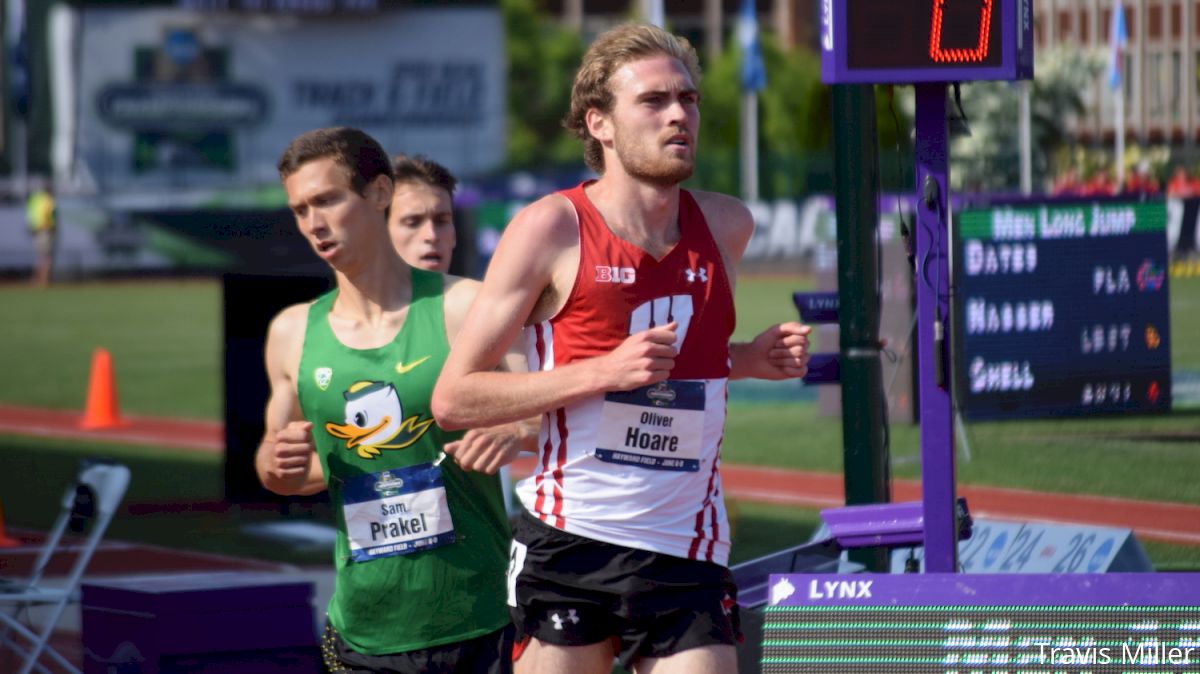Four Big Questions Facing The NCAA In The Age Of Coronavirus
Four Big Questions Facing The NCAA In The Age Of Coronavirus
Will other schools follow Wisconsin's lead and not offer an extra year of eligibility?

Unlock this article, live events, and more with a subscription!
Already a subscriber? Log In
The cancelation of sports across the world set off a wave of questions about what comes next. The NCAA system is no different where already complex questions of eligibility and funding became even more convoluted. Here are four of the biggest questions right now facing the NCAA.
How many schools will follow Wisconsin?
On Thursday, the Wisconsin athletic department announced that it wouldn’t honor the extra season of eligibility for spring sports that was granted by the NCAA. Wisconsin is a big name in the collegiate running world and its fastest women’s runner, Alicia Monson, said that the decision by the school “just made it easy for me” to turn professional.
It will be interesting to see how much Wisconsin’s decision will reverberate throughout the NCAA. The NCAA waiver clearly complicates budgets and several coaches expressed that they believed that some seniors wouldn’t return for their final year, even if give the opportunity. Some have already been accepted into graduate programs, others are just ready to move on. But Wisconsin took the decision out the hands of the athletes and other schools may now follow suit.
What happens with the Ivy League?
The Ivy League presidents decided last week that they wouldn’t extend eligibility for spring sport athletes who have already finished their undergraduate program.
This was less of a surprise because the Ivy League has a strict policy about completing athletic eligibility in eight semesters. In the past, Ivy League athletes who had to sit out a year because of injury, transferred out of the league to use their final year of eligibility. With the cancelation of the 2020 outdoor season, this could free up a second season for certain athletes.
Will the extra year of eligibility widen the gap between the haves and the have nots?
The NCAA is permitting athletes to come back for the spring season in 2021, without those scholarships counting against each school’s limit. But it’s, of course, more complicated than that.
As Columbia’s Dan Ireland told me last week, “Will the athletic department have the money? Will the track team have the money for five extra scholarships?”
“There’s someone graduating whose scholarship was promised to an incoming freshman,” Ireland said.
Schools with large budgets available will have more flexibility to offer money to established contributors throughout the NCAA, particularly from programs who may be feeling the financial pinch.
What happens in the fall?
There’s been lots of speculation on this topic this week—particularly by college football coaches. Oklahoma State’s Mike Gundy said he wanted his team back on campus on May 1st (Oklahoma State officials walked that back), while Notre Dame’s Brian Kelly floated the idea about a shortened fall season that begins in October.
What is clear is the enormous role that football will play in any decision to restart sports. Symbolic reasons aside, the financial implications of a canceled football season will have a drastic impact on the bottom line of athletic departments.
So even though cross country doesn’t draw the crowds of football, their fates will be linked this fall. Of course, this is a constantly evolving situation with numerous moving parts. For there to be college sports, there need to be open campuses and we are still a long way from knowing how feasible that will be.